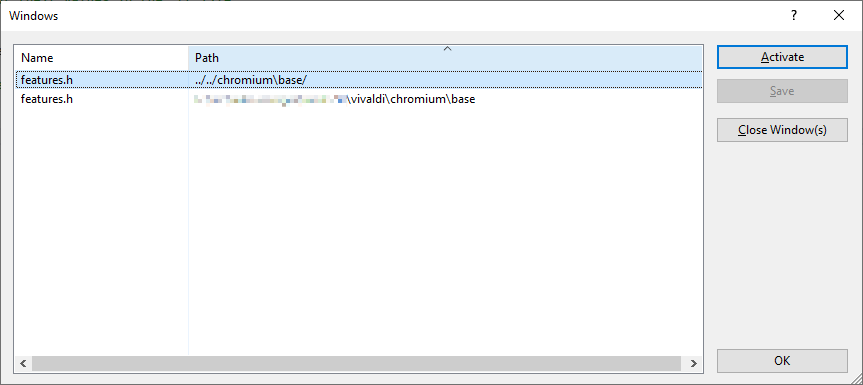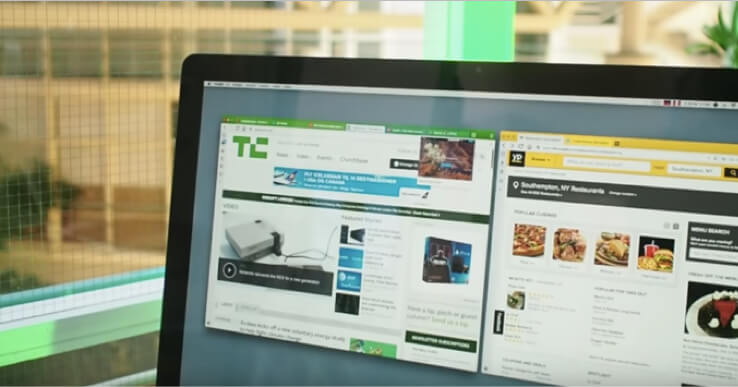Every month Microsoft releases security updates on the second Tuesday of the month in order to remove security problems in the installations of the Windows Operating System. January 9th was no exception, but this time there was a problem. One of the updates (KB5034441) […]
Category: Miscellaneous
The trouble with Chromium translations
Most applications that are intended for a broad international audience have their UI translated to various languages, the number of which can vary widely, depending on the resources of the vendor, especially their ability to recruit translators. Vivaldi is currently being translated to 91 […]
Microsoft, you broke Visual Studio!
One of the most important tools when developing software is a good development environment, called an IDE (Integrated Development Environment), with at least an editor, build functionality, debugger, and being able to go directly from a compile error listed in the compiler output to […]
Are Rockport XCS shoes still hiding under a rock?
Back in (pre-covid) 2019 I posted an article asking where the nice things disappeared to, including where the shoe brand I have been using for ~20 years walked off to. It was 8 (now 10) years since I had last been able to buy […]
Microsoft! You broke my backup system!
Backing up the data on your computer is one of the most frequently given advice to computer owners, and there are a number of ways to accomplish it. The oldest way is to copy the data to an external media. Originally this was tapes, […]
Where did all the nice things go? SmartGit project dropdown
For modern software developers, there are a number of must-have tools: An editor, a compiler (called a web browser by HTML/JS devs), and a debugger. Further, if you are developing a non-trivial project, especially as part of a team, you will need a version […]
A safe too far: Goodbye Hotels.com
As I recently described, my primary requirement for selecting a hotel is that it has an in-room safe for storing my laptop. Recently I have been running into problems regarding that. In the last year or so, there have been many cases when the […]
Where did all the nice things go?
Over the years we buy many things that we use for various purposes, and some of these things become favorites that we replace with new items of the same kind as the old ones get worn out. Until we are (surprise!) no longer able […]
Microsoft, keep your hands off my keyboard!
The keyboards connected to our computers are essential to controlling every aspect of our computer experience, and to our communications with everybody we communicate with. A very basic aspect of the keyboard, and of our personal choice (it is really a major aspect of […]
Secure online X-mas shopping? Big stores encrypt, the corner-store doesn’t
Encryption usage by Norwegian online shopping sites (2016 edition) Over the past several years I have performed occasional surveys of Norwegian shopping sites and their use of encryption. I decided to limit my surveys to Norway, because I concluded that limited knowledge would make […]


